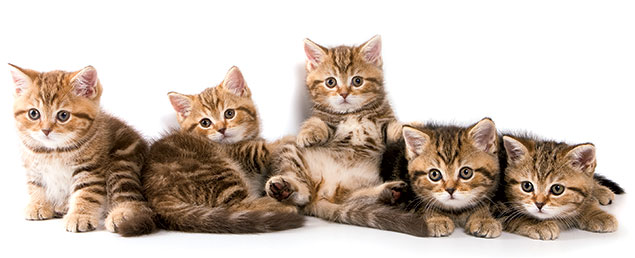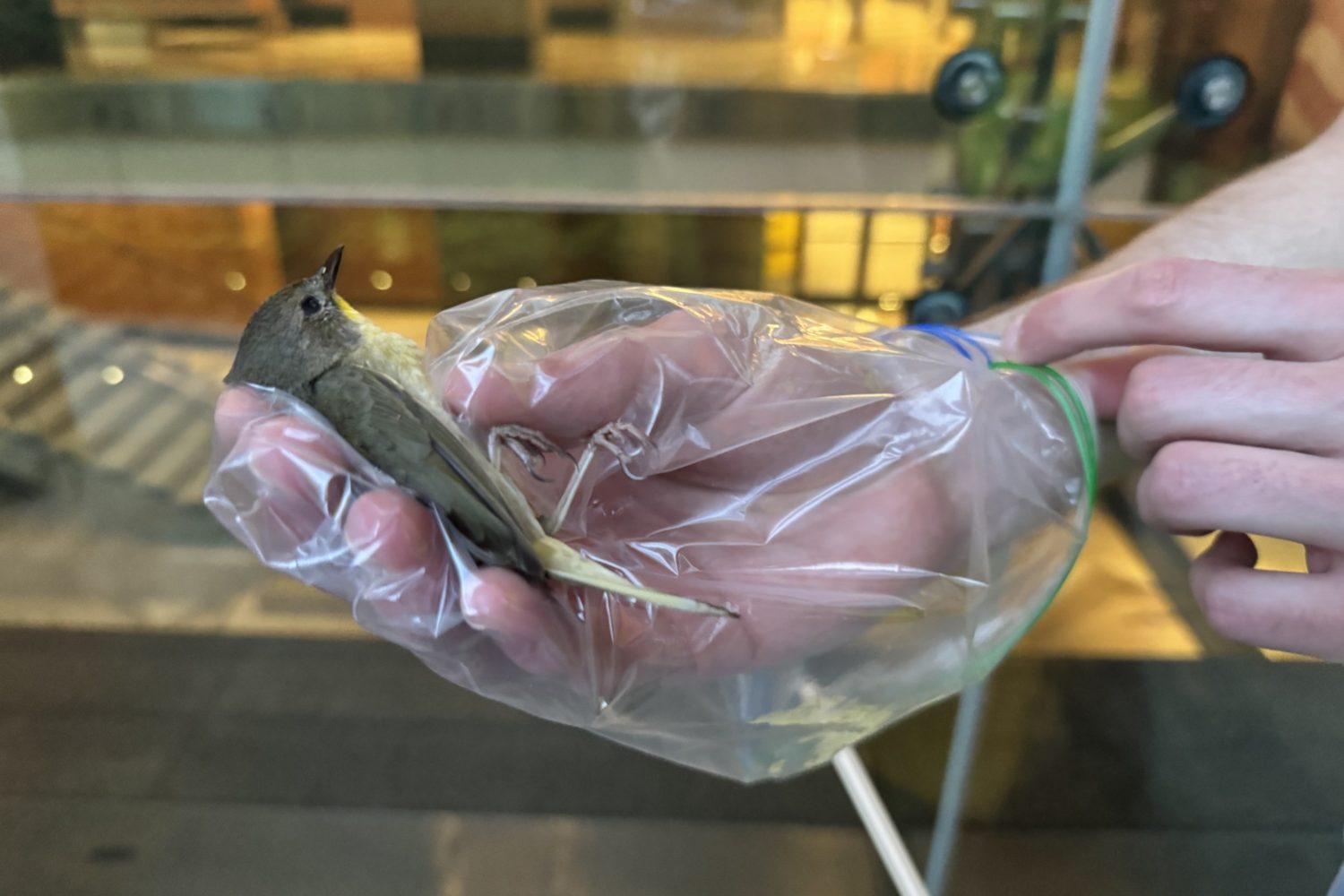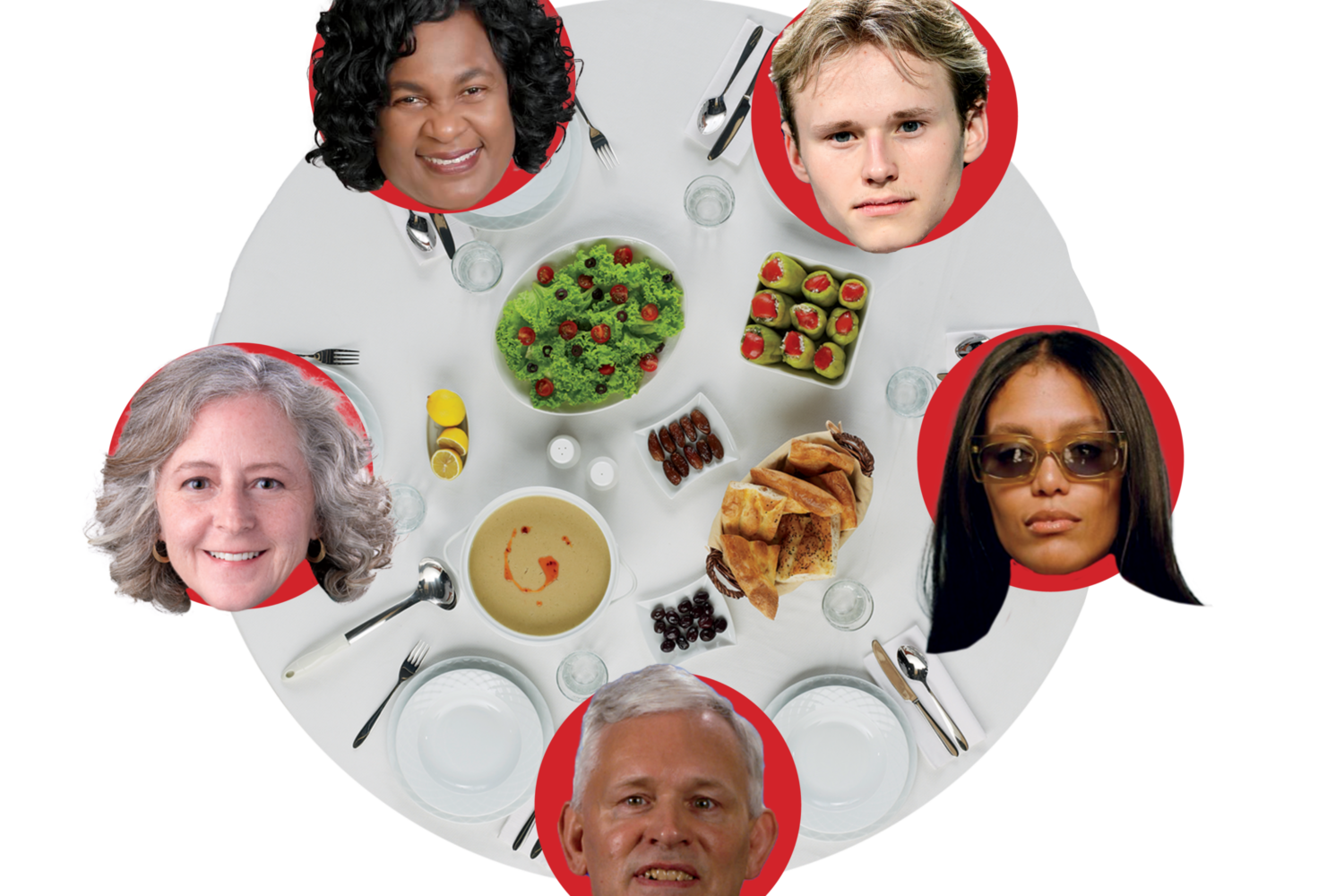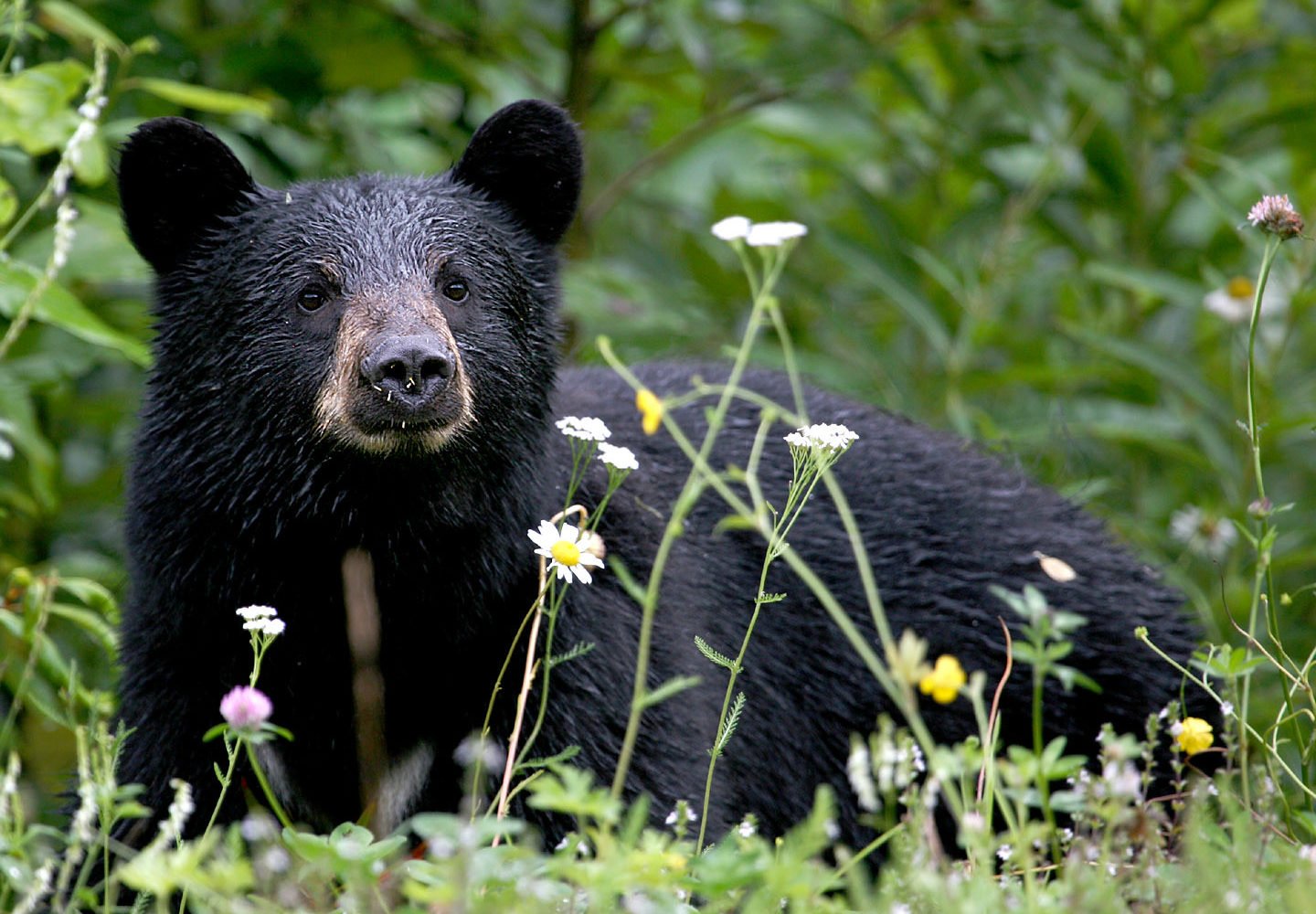The e-mail from the Washington Humane Society came last June. The group’s two DC shelters and its network of foster homes were overwhelmed with kittens. It was reaching out to donors and volunteers in search of adopters, or at least temporary foster parents. Could I help?
“Kitten Season,” as shelters call it, is when most kittens are born. Unlike dogs, which breed year-round, cats generally reproduce in spring and summer. The boom ramps up in April. Last year, the Washington Humane Society took in 474 kittens and cats that month, compared with 370 in March and 286 in February. The Washington Animal Rescue League—which is privately funded and not required to accept every animal—took in 20 kittens last April, compared with 12 in March and 6 in February.
To the alarm of shelters, anecdotal evidence suggests kitten season is expanding. “More and more, we’re seeing kittens earlier and later,” says Mandie Worsley, foster-and-adoptions coordinator at the Washington Animal Rescue League. Last year’s intake at WARL peaked in July with 60 new kittens arriving that month, but as late as October the shelter took in 26 additional babies.
Lisa LaFontaine, CEO of the Washington Humane Society, agrees that the season “is not as defined” as it was, and the demands on her staff are intensifying. January, February, and December were the only months in 2012 when the Humane Society took in fewer than 300 kittens and cats. On a single day last August, staff had to find foster homes for 70 kittens. To alleviate the load, LaFontaine has since created a position dedicated solely to managing and finding foster care.
Animal-adoption groups, such as Pet Shelters Across America, have blamed the seemingly longer kitten season on climate change. The theory is that spring-like temperatures are beginning earlier, triggering cats to mate sooner. But veterinarians are skeptical of that idea. Dr. Rachael Kreisler, who teaches at the University of Pennsylvania School of Veterinary Medicine, says cats mate as the days get longer, not as temperatures warm. Unless climate change is increasing daylight hours, she says, the theory doesn’t hold up.
But there could be other weather-related explanations. Kreisler says warmer temperatures might allow more kittens born during winter to survive long enough to be rescued. Nicer weather might also inspire more people to spend time outdoors in situations in which they find stray kittens and then bring them to shelters. Whatever the reason, more kittens equal more work. Many litters arrive at shelters without mothers, meaning humans must bottle-feed them every two hours, even overnight. Their young immune systems make them susceptible to viruses and upper-respiratory disease—a big reason foster homes, rather than crowded shelters, are preferable places for kittens.
As I stared at the e-mail from the Humane Society, I wondered if my husband and I were cat people. We were definitely dog people—we had adopted our poodle mix, Bexley, three years earlier. But where in our condo would we put a litter box? And would our dog welcome a cat? Fostering, we decided, would be a way to find the answers without too much of a commitment.
The day we picked up our kitten, she was staying at another foster home. Not only did the woman caring for her have her own dogs and cats, but she was looking after two litters of newborn kittens. Taking just one of them off her hands seemed inadequate, but she assured us she was grateful and sent us home with the little fluff ball we named Olive.
We found our answers: The litter box ended up in a corner of our spare bedroom. And a few days after Olive’s arrival, I found her snuggled with our dog in his bed. That’s when I knew we’d adopt her. Whether we were cat people no longer mattered. We were Olive people.
This article appears in the May 2013 issue of The Washingtonian.



















